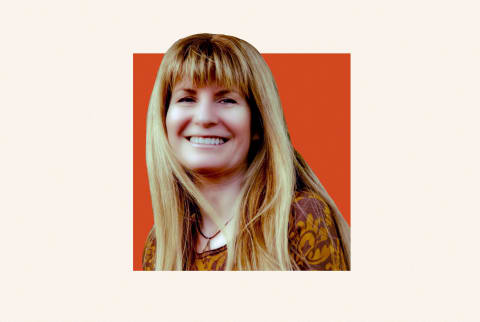It was a three-year process, but since then she’s learned how to help her patients heal much more quickly—in fact, she published a dementia study this past summer (along with neurologist Dale Bredesen, M.D., who we’ve also had on the show), in which 84% of patients with mild cognitive impairment got better after only nine months. Specifically, research has found that the bacteria P. gingivalis, the key pathogen in periodontitis, was identified in the brain of Alzheimer’s disease patients1. Another study suggests a possible link between F. nucleatum 2(another periodontal pathogen) and Alzheimer’s disease2. “Different types of pathogens in our mouth are going to different parts of our body and turning on different diseases,” Toups adds, who recommends getting your oral microbiome tested if you can (she recommends MyPerioPath). In fact, the sleep-brain connection is so strong that poor sleepers have around a 68% higher risk of contracting Alzheimer’s. All that to say: Seriously try to prioritize your sleep. Whether you eat sleep-supporting foods, opt for a relaxing stretch before bed, or take a natural sleep aid, find the avenue that works best for you. “So if people are having hearing loss now, please get that checked out early,” Toups says. You might think that hearing loss is a natural part of aging, and to some degree it might be, but “if you’re not hearing properly, you’re not getting those inputs into your brain all the time,” Toups adds. “As people are aging, they should have that on their awareness.” One of her tips? Sweating. “Sweating is a great way for our bodies to detoxify,” she says. “And there’s been nice studies done that show we will excrete heavy metals when we sweat5.” She recommends opting for hot yoga or sauna bathing—basically any activity that will encourage sweating. Just make sure you rinse off shortly after: “After you do a sauna or heavy exercise, go jump in the shower with some soap and wash it off because you’ve just mobilized all these toxins, and you don’t want them to dry and reabsorb back into your body,” she explains.



